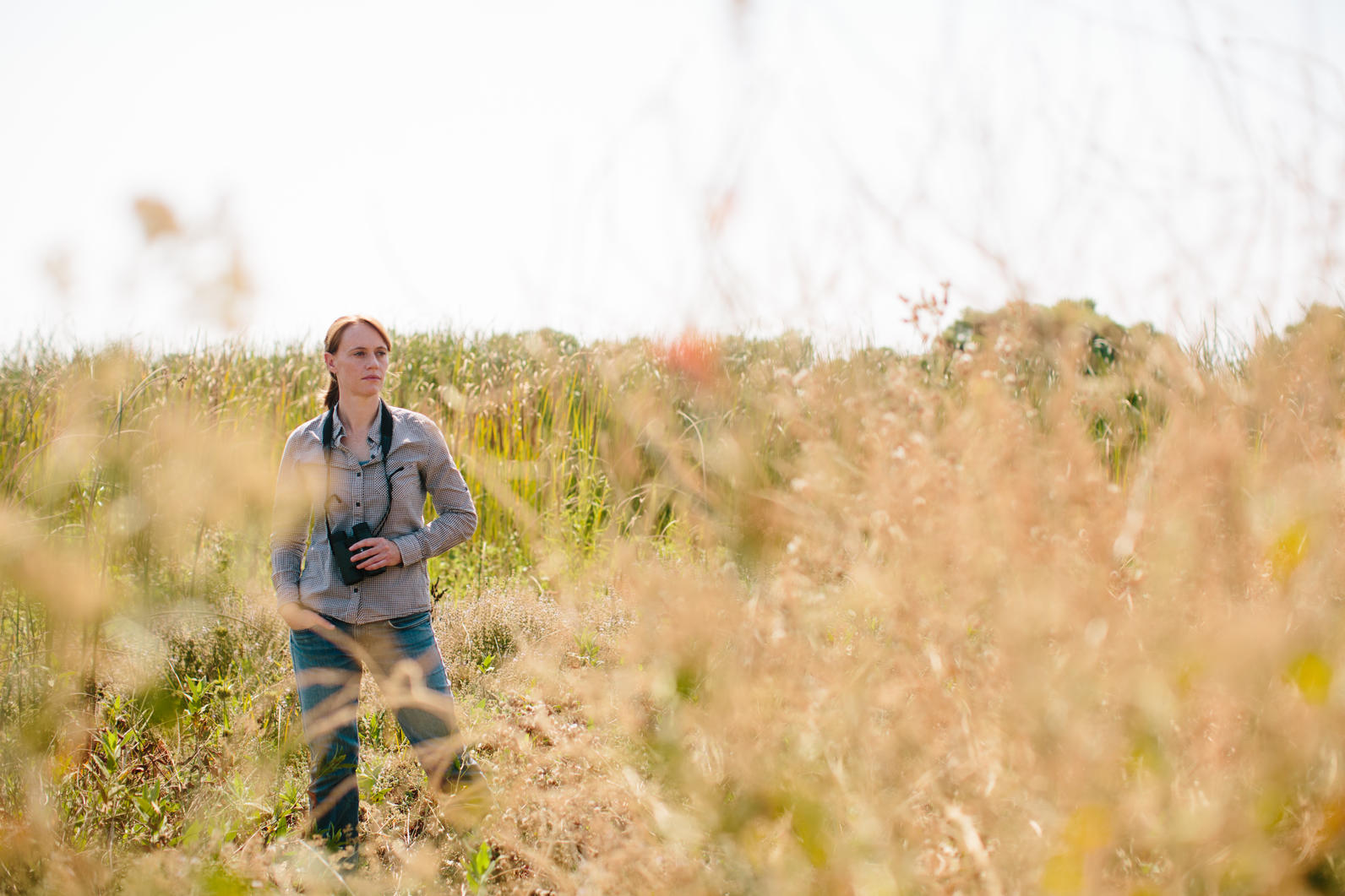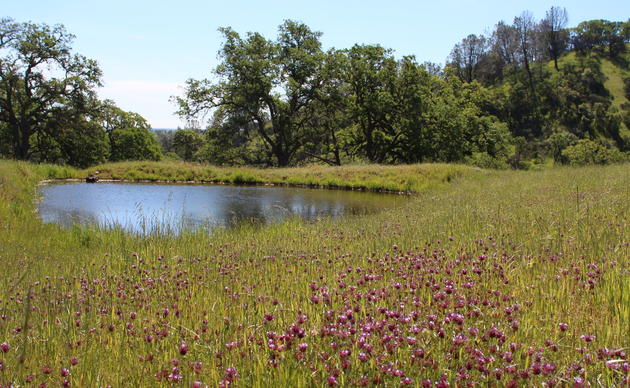
Spending a lot of time in the San Joaquin Valley in recent years, Audubon California’s Samantha Arthur has seen the toll that drought and the subsequent California water wars have taken on the few remaining wetlands.
“It’s tough to see a place that should be full of water, teeming with ducks and geese, just dry as a bone, lifeless,” she says.
Although the plight of California’s public and private Central Valley wetlands has many causes, one of them has been the massive overdrafting of groundwater in recent years. Many refuges – cut off from natural rivers – rely on groundwater pumping, and yet can’t compete with neighbors with the resources to drill deeper or pay the high costs to run the pumps. Moreover, the incredible subsidence of the valley floor in recent years has upset the flow of many canals that refuges depend on to deliver water.
Thankfully, in 2014, the state of California finally passed a law requiring the local watersheds to start using groundwater sustainably. But Arthur and the rest of the Working Lands team are realizing that this has big implications for birds and habitat.
“We knew the law was a big deal, but I don’t think we understood the implications for our work right away,” Arthur recalls. “Now it’s clear that the ramifications of this are going to stretch decades into the future, and what we do now will really matter.”
Arthur is working closely with our partners on the Migratory Bird Conservation Partnership -- Point Blue Conservation Science and The Nature Conservancy -- to ensure that discussions around groundwater take into account the need for bird habitat.
State law requires the formation of local Groundwater Sustainability Agencies that will allocate groundwater use, and if wetlands and habitat-friendly crops are left out of this discussion, birds could suffer. These Agencies could eliminate or severely limit the amount of water that these habitats receive – water that is needed to create the food, nesting and resting areas these birds rely on. The flip side of this threat is that there may also be opportunities to benefit birds, as these local agencies plan for winter flooding to recharge groundwater, that could create new habitat opportunities if done right.
“This is not unlike the situation with renewable energy,” where the overall goal of the program makes a lot of sense, but that it’s incredibly important that someone represent the voice of birds.”
The challenge for Audubon California and its partners is that these Groundwater Sustainability Agencies don’t meet in Sacramento. Instead, they’re scattered throughout the Valley, meaning that engagement is time-intensive and highly individualized for each agency. Audubon California is currently targeting groundwater basins in the San Joaquin Valley where overdraft is most severe and wetlands are most at-risk. The state also requires these critical overdraft basins to complete sustainability plans two years earlier than the rest of the basins.
“There could come a time when the issues boil up to Sacramento and are addressed by the Administration or a new bill, but right now, we’ve got to speak up for birds, one agency at a time,” Arthur says.
Arthur’s experience with groundwater embodies the approach of Audubon California’s Working Lands Program, which is to work locally within the community of farmers and ranchers to create and protect habitat opportunities for birds.
By Garrison Frost
Support Bobcat Ranch
Your gift supports our work to develop & promote bird-friendly cattle ranching practices in CA and to protect and restore native grassland habitat for birds.




